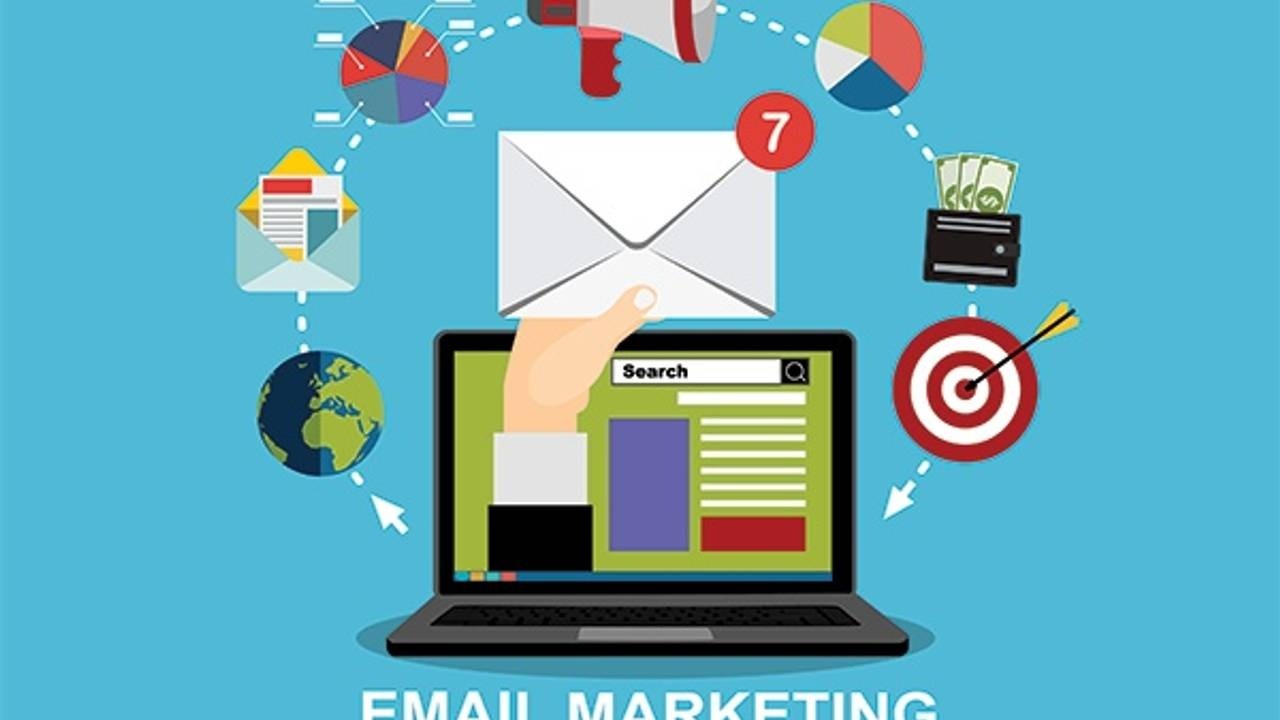Making connections with your audience and keeping them up to date on content, news and more is a great way to build the foundations of a strong relationship. One of the most common ways to connect with them is through emails. Because email marketing is such a critical aspect of B2B marketing, it’s a good idea to take a moment to evaluate your performance. If your emails aren’t performing as well as you’d like, it is worthwhile to understand why and make plans for positive changes moving forward. We cover some common mistakes in your emails and offer strategies for improving and delivering the best email possible.
1. Make it Relevant
One of the biggest email marketing mistakes that prospects often mention is the emails they receive don’t include content that is specific or relevant to their focus or role. This tends to be something that is seen in email marketing, but there are ways to ensure that your content is focused and relevant to your audience. Here are a few tips:
- Consider your audience when composing an email. At a minimum, you should be segmenting your email list. For example, segmenting by certain industries, product focuses or personas are all good places to start.
- Tailor your copy to the segments or buyer personas you choose. Among these groups, you should consider using terms or language that resonates most with them to ensure the content is relevant.
- Ensure your emails address the reader’s needs and interests. Your content should be talking about something that is of interest to a prospective buyer (such as helps them solve a problem, do something better, learn something new). Also, use a conversational tone and personalize wherever you can.
2. Keep it Short
A email marketing mistake that people often make is sending an email that is too long and may take several scrolls on one’s computer to get through it completely. Keep your email short and to the point when it can be. Here are some tips:
- Have an engaging subject line. A subject line catches someone’s attention and as they continue to read your email, it’s essential to keep their attention throughout.
- Break the email into sections. People like to read emails that are easily scannable. Emails that use subheads, bullets or short paragraphs can keep your audience engaged.
- Include all necessary information. Even if your email increases in length, it’s best to include all content and information that the audience needs to receive.
3. Specify the Call to Action
Sometimes, emails can include several calls to action (CTAs). But, the objective of your email is to get your audience to act. So, whether it be to download an asset, register for a webinar or fill out a survey, your CTA needs to be specific and stand out in the email. Here are a few tips to consider:
- Take the time to think through your offer. This will help you specify a CTA.
- Be clear about what you want the reader to do and use action-oriented verbs in the call to action like “Download the White Paper Now” or “Register Now”.
- Make your CTA visible. You can use a large button, bolded text or even text that is in a different color. Anything that makes your CTA stand out to the reader.
- Limit the CTA to just one offering. More than one CTA can dilute your message and the action you want someone to take.
4. Plan Your Email Marketing Schedule
Sending emails without a set schedule in place can lead to over-sending and unsubscribers. The frequency of your emails is just as important as your content and CTAs. Depending upon your business and the content you have to offer, every three weeks or once a month may be the perfect timing—it is completely up to you.
The schedule of your emails can also be influenced by what type of email send it is. Sales outreach, newsletters, product launches and webinar announcements can differ in the number of emails and when they are sent. Keeping track of your email marketing schedule and plan in an email marketing calendar is the best way to ensure your emails are being delivered to the right people at the right time. Here are some examples of different email types and their schedules:
- Success Emails: These emails are sent immediately after someone contacts you or subscribes to your newsletter or other mailing lists. Because they provide their email address when taking these actions, it is easy to send an automated message back to them to confirm their subscription or thank them for contacting you.
- Newsletters: These can be sent weekly, monthly or once a quarter depending on your email marketing strategy.
- Nurture/Drip Emails: These emails are sent in a cadence. Someone who downloads an eBook could be sent a thank you email followed up by a few additional emails, spaced out in days or weeks, offering more useful resources.
Avoiding these common email mistakes and take your email marketing to the next level and build stronger relationships with your audience. Marketing Pro Series courses offer on-demand video courses, interactive exercises and templates as well as 1:1 marketing coaching. If you’re ready to take your marketing game to the next level and deliver business results, check out our courses or contact us if you have any questions.

